The Philodendron Melanochrysum is a breathtaking tropical houseplant that has become increasingly popular among plant enthusiasts. Known for its large, velvety leaves and striking appearance, this plant can add a touch of luxury to any indoor garden. This guide will provide you with all the information you need to grow and care for the Philodendron Melanochrysum successfully.
Introduction
The Philodendron Melanochrysum is a member of the aroid plant family, which includes popular varieties like Monstera, Anthurium, and Aglaonema. Native to the tropical rainforests of Colombia and Ecuador, this plant is prized for its large, dark green leaves with golden veins. Similar to Epipremnum and Syngonium, the Philodendron Melanochrysum is not only beautiful but also relatively easy to care for.
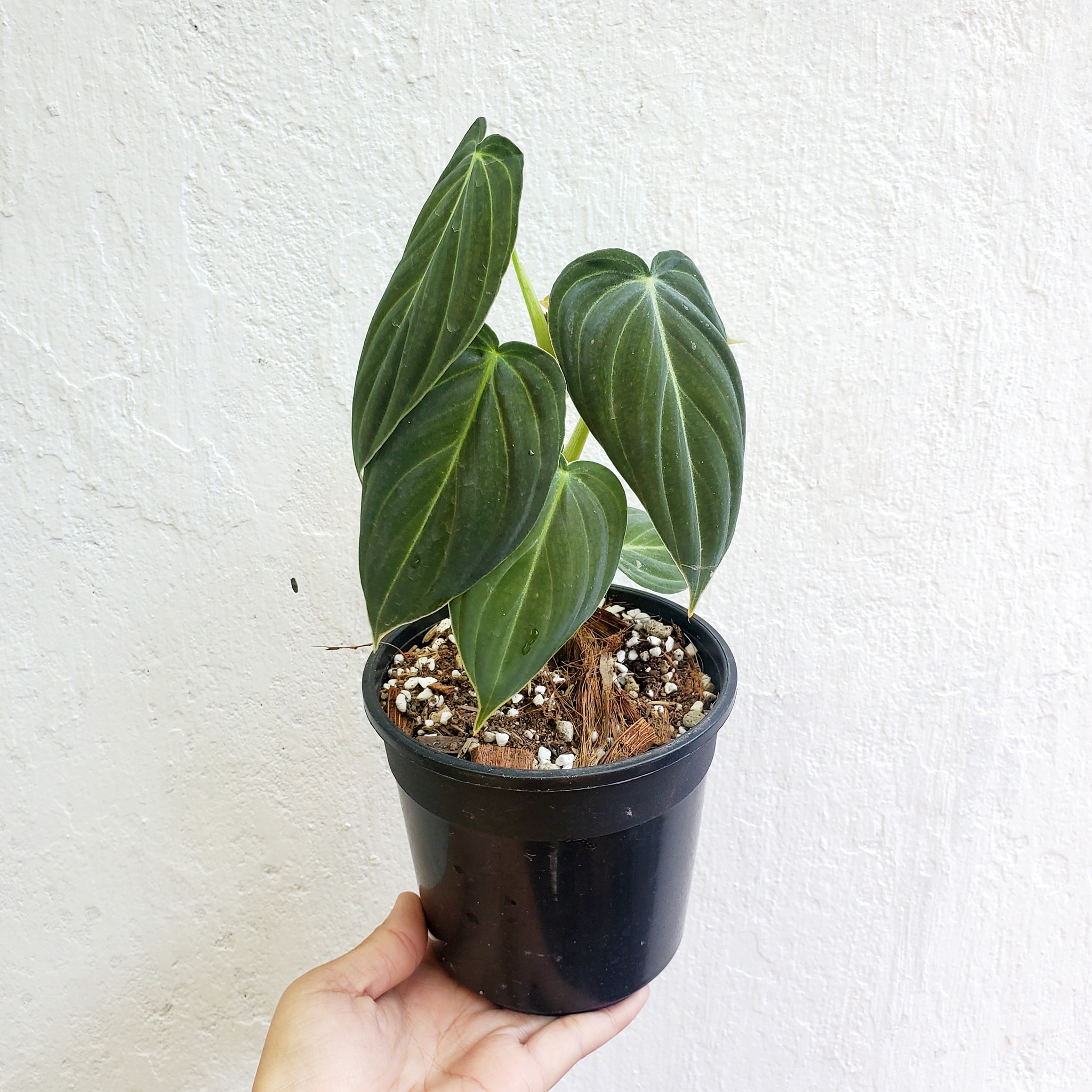 is native to the tropical forests of Colombia and known for its beautiful, dark green and black velvety leaves. This slow-growing vine makes an incredible addition to any indoor jungle. However, Melanochrysum philodendrons require specific care to help them thrive indoors. If their needs are not met, issues can arise. Let’s look at some of the most common problems and helpful solutions for this prized houseplant.
is native to the tropical forests of Colombia and known for its beautiful, dark green and black velvety leaves. This slow-growing vine makes an incredible addition to any indoor jungle. However, Melanochrysum philodendrons require specific care to help them thrive indoors. If their needs are not met, issues can arise. Let’s look at some of the most common problems and helpful solutions for this prized houseplant.
Overwatering
Overwatering is one of the most common issues with Philodendron Melanochrysum. These tropical plants prefer slightly moist soil and do not like soggy conditions. Overwatering can lead to several problems, including:
Root Rot
If the soil stays too wet for too long, it can cause root rot. This fungal disease damages and kills off roots leading to stunted growth and yellowing leaves. To prevent root rot:
- Allow the top inch or two of soil to dry out between waterings
- Ensure the pot has drainage holes to prevent waterlogging
- Use a well-draining soil mix, like peat moss and perlite
Dropping Leaves
Excess moisture can cause the Philodendron to drop its older leaves. Allow the soil to dry out to help prevent leaf drop.
Discolored Leaves
Overwatered Melanochrysums may develop brown spots on the leaves or yellowing on the leaf edges. Let the plant dry out for a few weeks to cure these issues.
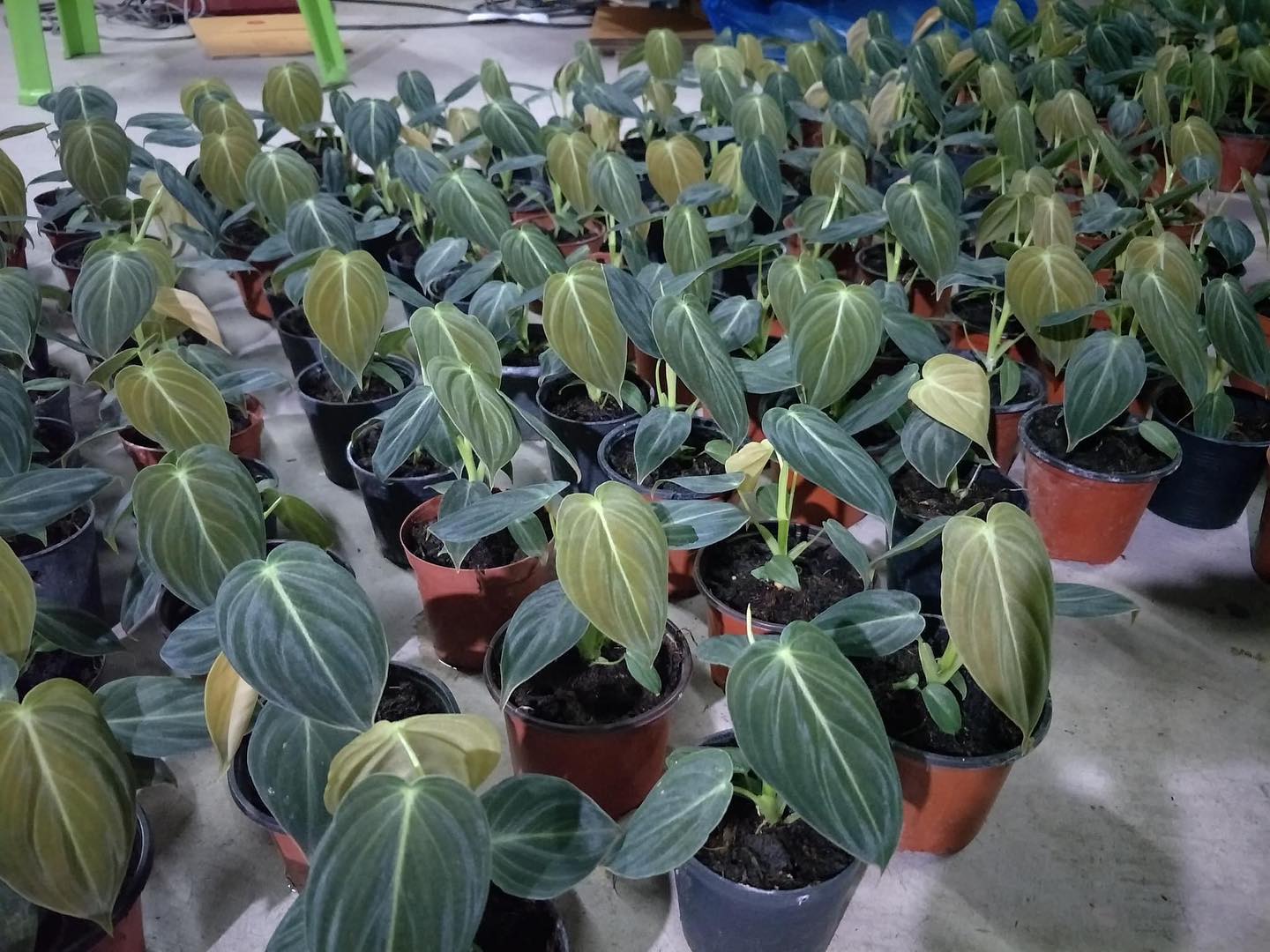
Underwatering
While overwatering is more common, underwatering can also cause problems. Signs of underwatering include:
Wilting
Leaves will droop and wilt when the plant needs water. Water thoroughly until it runs from the drainage holes.
Curling Leaves
Underwatered Melanochrysums will curl their leaves inward to conserve moisture. Resume regular watering to help leaves return to normal.
Brown Crispy Leaves
Prolonged underwatering causes the leaves to dry out, turn brown, and get crispy. Severely damaged leaves may need removal.
Low Humidity
The Philodendron Melanochrysum thrives in the humid tropics. Low humidity indoors can lead to:
Brown Leaf Edges
Dry air causes the leaf edges to turn brown and crispy. Increase humidity to prevent this.
Slow Growth
Low humidity limits transpiration, slowing growth. Boost levels to 60% or higher.
Leaf Curling
The leaves will curl in on themselves to conserve moisture in arid environments.
Use a humidifier, pebble tray, or grouping plants to increase humidity for your Melanochrysum.
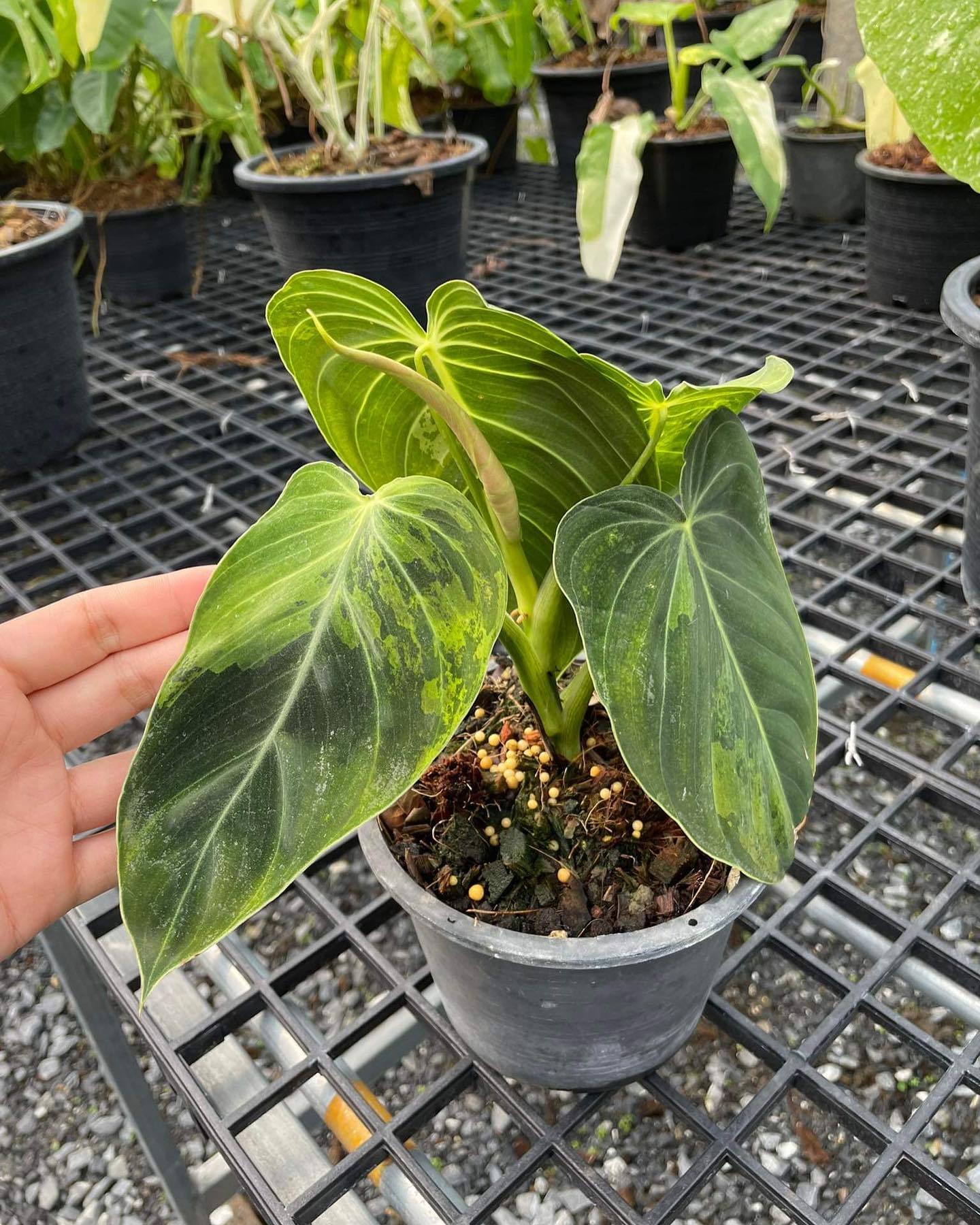
“Discover the lush beauty of the Philodendron Melanochrysum! Click here to add this stunning plant to your collection and transform your space with its elegant foliage.”
Low Light Levels
While they can tolerate low light conditions, insufficient light will cause issues like:
Leggy Growth
Without enough light, the Philodendron grows leggy as it reaches for the sun. Provide bright, indirect light to keep it full.
Small Leaves
Low light leads to stunted growth, including smaller leaf size. Place in a spot with more sunshine.
Loss of Black Coloration
The signature black leaves will fade to green if light levels are too low. Move to a brighter location to maintain its dark beauty.
South or West facing windows are ideal for the Melanochrysum. Supplement with a grow light if needed.
To understand the best lighting conditions for Philodendrons, see our insights
Pests
Several common houseplant pests may appear on the Philodendron, such as:
Mealybugs
These small, white cottony insects suck sap and leave a sticky residue on the leaves. Wipe them away with cotton swabs dipped in alcohol.
Scale Insects
Look for small bumps adhered to the leaves and stems. Use a cotton swab with alcohol to remove them.
Aphids
Tiny green, red, black or yellow sap-sucking insects can gather on new growth. Blast them off with water or use insecticidal soap.
Check regularly for pests and isolate infected plants to prevent spreading.
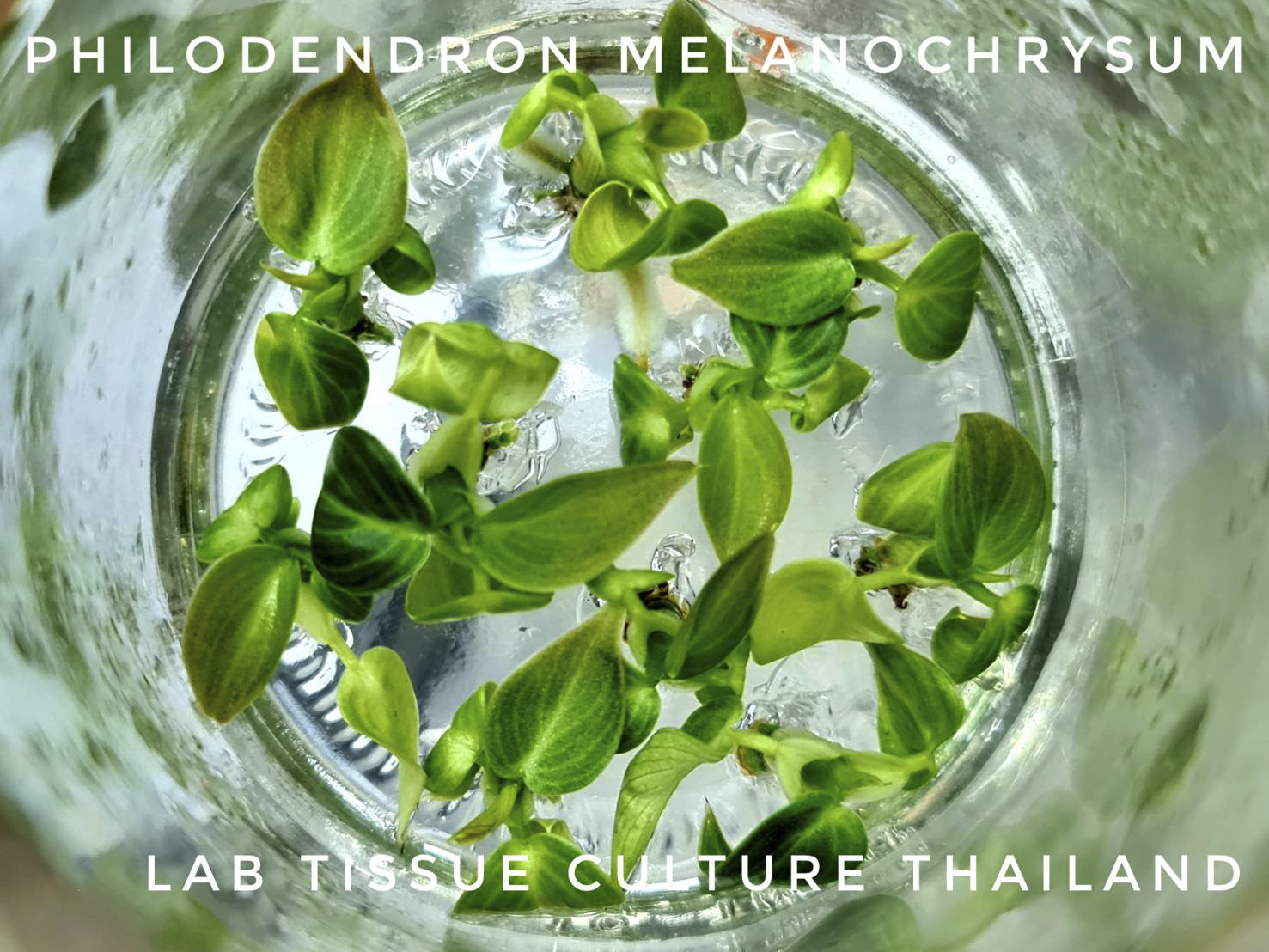
Temperature Stress
Temperature extremes can impact the tropical Philodendron. Issues include:
Cold Damage
If exposed to temperatures below 45°F, the foliage can be damaged. Keep in the optimal range of 60-80°F.
Leaf Drop
Cooler temps below 55°F may cause leaf drop. Move to a warmer spot in winter.
Slow Growth
Philodendrons grow fastest with warm daytime temperatures around 70-80°F and 60-70°F at night.
Monitor temps and move the plant as needed to maintain an ideal range. Keep away from drafty areas.
Philodendron species are the most sought after by aroid plant lovers
Conclusion
While the Philodendron Melanochrysum may run into common problems like overwatering, pests, and low humidity, armed with the right care tips you can overcome any issues. Provide this tropical plant with evenly moist soil, ample humidity, warm temps, bright indirect light, and ample water to help it thrive happily in your indoor jungle! Address any problems promptly and you’ll be rewarded with stunning black foliage.

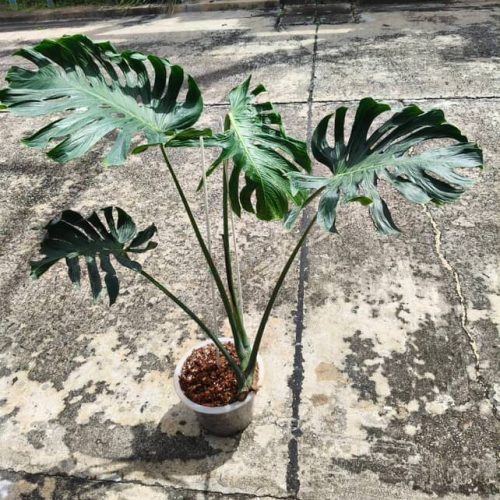
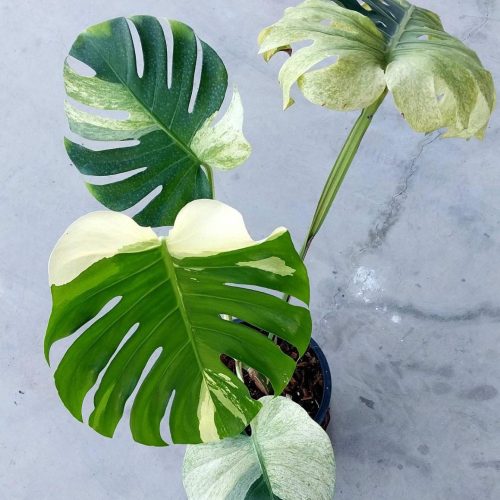



![12x Monstera Borsigiana Albo half leaves variegata [3-4 leaves]](https://greenboog.com/wp-content/uploads/2024/10/Monstera-Borsigiana-Albo-half-leaves-variegata-1-500x500.jpg)
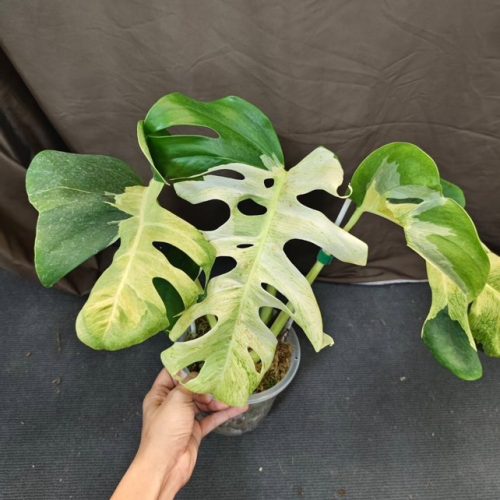

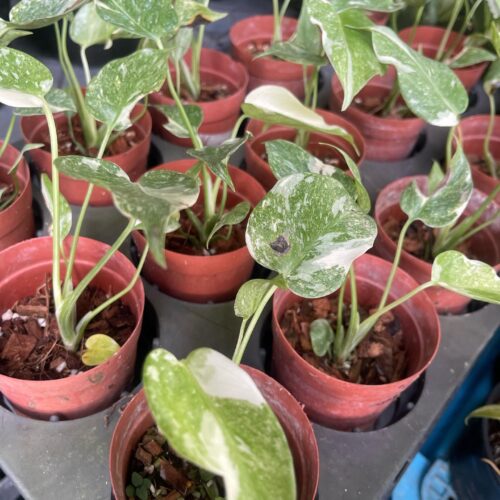
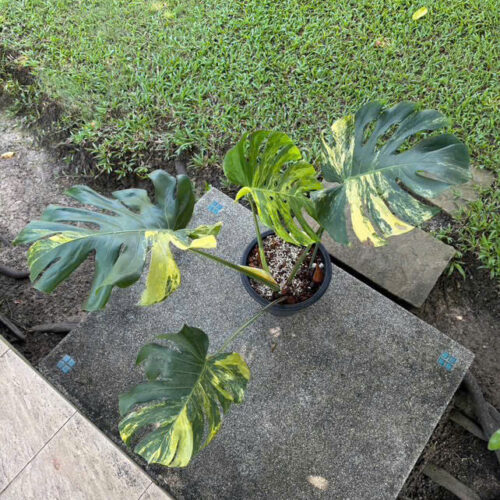
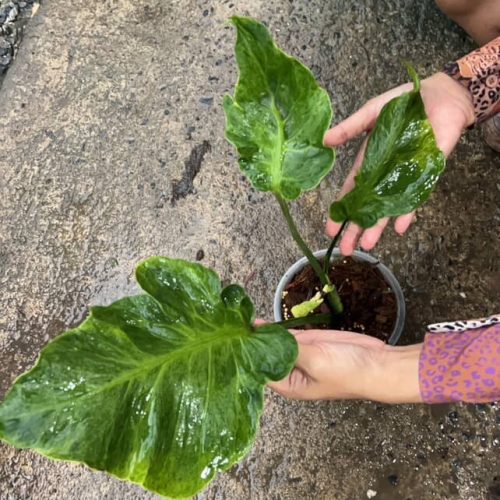
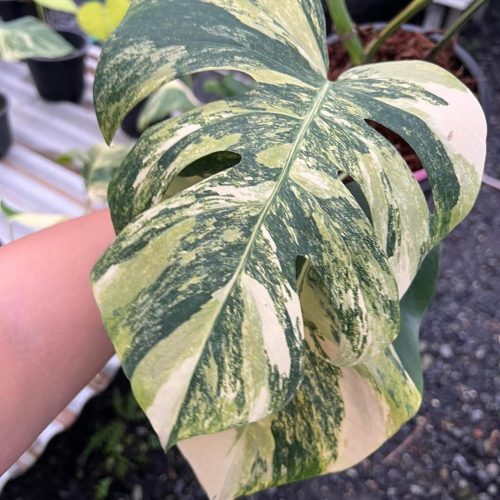

![10 Pots x Monstera Aurea Variegated / Mix Aurea tri color 3-4 leaves [well variegated]](https://greenboog.com/wp-content/uploads/2024/08/Monstera-Aurea-Tri-color-500x500.jpg)

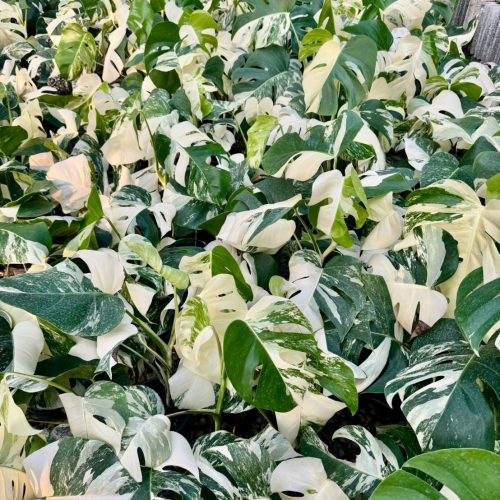
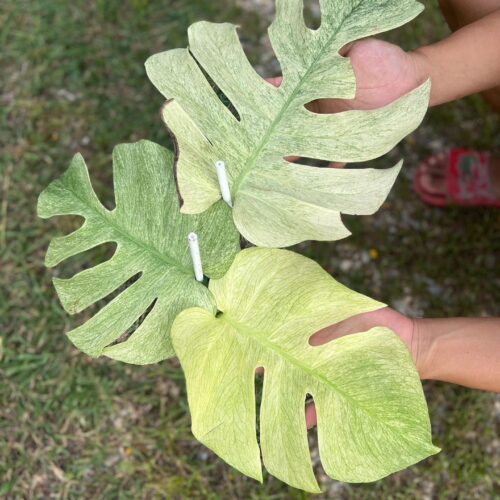
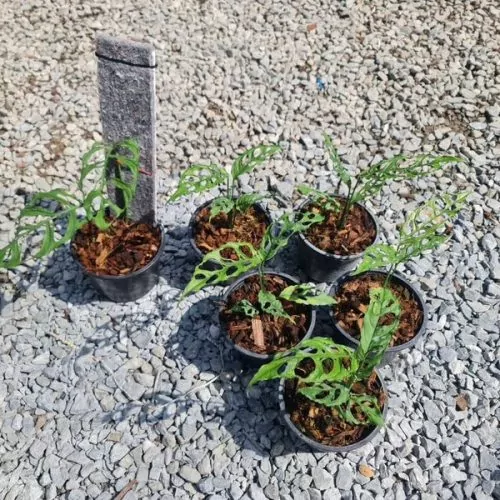
![[SALE] 10 Pots x Monstera Aurea Variegated 3-6 leaves [Medium size]](https://greenboog.com/wp-content/uploads/2025/01/Monstera-Aurea-variegated-4-6-leafs-500x482.jpg)





















